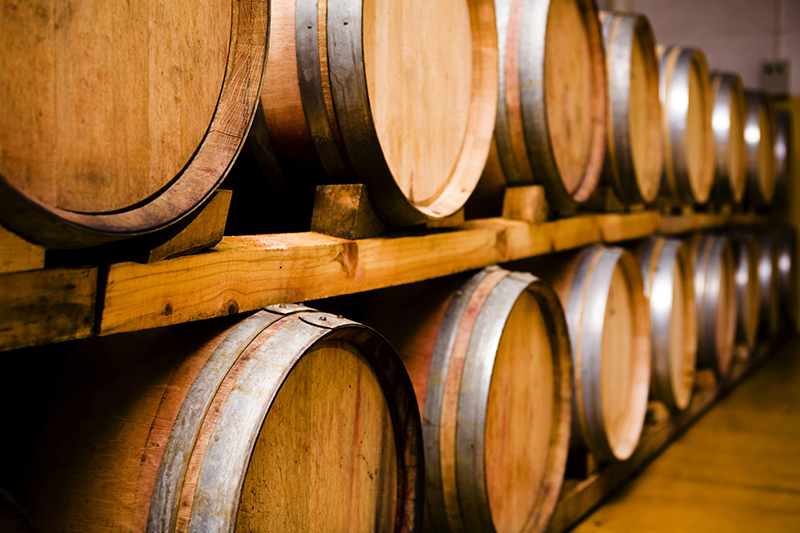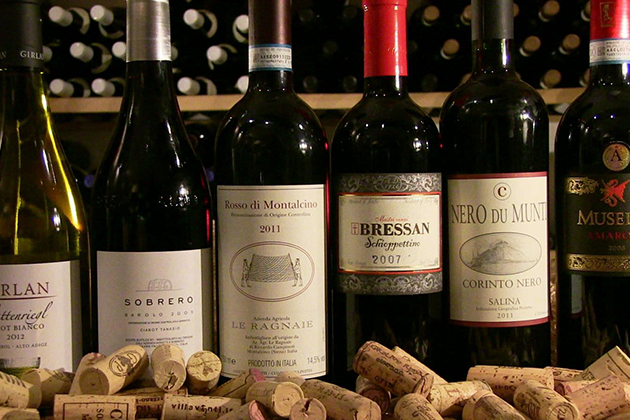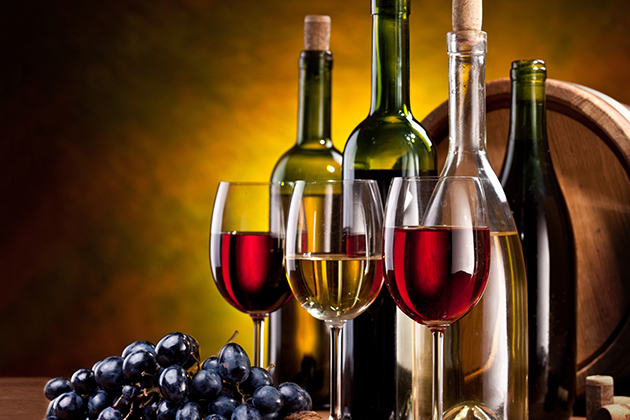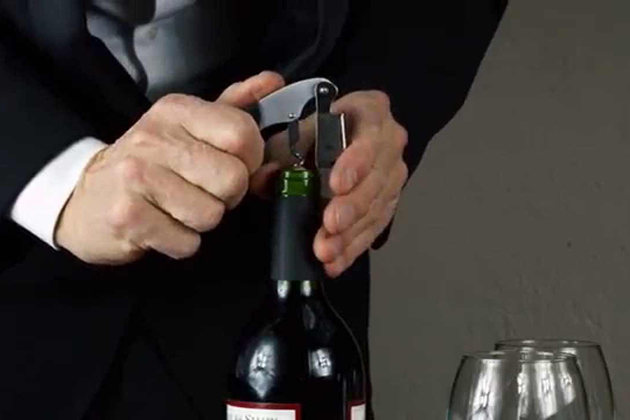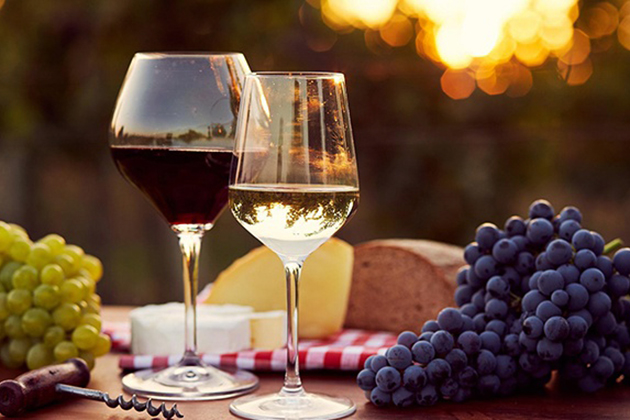No products in the cart.
Furniture Blog
Revealing The Secret About Wine
Wine is seen as the “exquisite woman” of European dishes as the flavor of each item becomes more subtle, more delicate than its inherent. The gourmets often say “never get the end of wine story!” Indeed, each wine has its own combination of needs to weigh, study carefully to get the taste and standards. Even the way to handle, pour, preserve each bottle of wine – which is the elite cuisine – must also follow certain rules. Unlike a regular beverage or a few glasses of beer at high altitude, the wine has so many related things that you will gradually get used to each corner of this drink if you want to engage in fun. wine. Indeed, each wine has its own combination and they need to learn carefully to get the taste and standards. Even the way to hold, pour, preserve each bottle of wine – which is the culinary elite – must also follow certain rules. Unlike a regular beverage or a few glasses of beer at high altitude, the wine has so many related things that you will gradually get used to each corner of this drink if you want to be called “the connoisseur’s wine”
Is older wine, better wine?
Humans have appreciated the benefits of aging wine since the days of ancient Greeks, who make straw wine, are capable of aging due to its high sugar content. The first Romans appreciated the Falernian and Surrentine wines as they could be stored for decades. The Bible even refers to the superiority of long wine in Luke 5:39, which says, “And no one after drinking old wine wishes for new, because he says, ‘The old is good.'”
Wine tastes better by age due to the complex chemical reactions that occur between sugars, acids, and substances called phenolic compounds. Over time, this chemical reaction can affect the taste of wine in a way that brings the pleasant flavor. Chemical reactions can also change the color and aroma of the spirit, besides changing the way the wine feels in the mouth. Examples of high phenolic wines are Cabernet Sauvignon, Nebbiolo, and Syrah.
What is the better taste of wine by age? A group of phenolic compounds – tannins – are of particular importance in determining the taste of alcohol after aging. Tannins, found in the trunk, grains, and peels of the grapes, give its dry texture – they are what give a person a red wine that dries sensation afterward.
Why Does Wine Go Bad Once You’ve Opened It?
When a bottle of wine is not uncorked, its content is exposed to air, causing it to be oxidized. If you leave the bottle open long enough, your delicious once-delicious drink can end up smelling like “wet socks or wet papers,” said Philip Morace, president of the Sommelier Society of America.
Bacteria found naturally in grapes can transform sugars into grape juice or alcohol in wine into acetic acid, giving it a vinegar (and finally producing vinegar). However, these bacteria need oxygen to grow. Wine fermentation usually does not have oxygen because large amounts of carbon dioxide are produced when the yeast turns sugar into wine. Uncorking bottles introduce oxygen to feed the bacteria, and the taste begins to change immediately. Not all changes are undesirable: Red wines are expensive, in particular, supposedly improves in the decanter and in the glass for a short time. Some white wines have been oxidized in the bottle for many years, creating a richer quality than sour.
Why wine brewed by oak
In the past, the wooden crate was simply used as a “container” for wine to mature through oxidation over the years. Gradually, when using oak, it was found that the taste of wine has a certain influence from oak (wood smell, smoke smell, color effect), so gradually oak wood is commonly used. In addition, oak is very durable and can be used many times.
The bar is straight cut, to bend into wooden barrels will have to ignite a fire to soft wooden stick to drink. The reason for this is that the wooden crates have been burned by fire, creating a thin charcoal stain that makes the wine when it is brewed with a bit of smoke.
How to preserve wine?
Unlike conventional thinking in wine glasses, wine experts recommend that you use a wine bottle holder, place the bottles in a horizontal position, let the wine come in contact with the cork. This will keep the nipple moist, avoiding air enters the bottle, seriously affecting the quality and taste of the wine.
The ideal temperature for preserving wine is about 15-17 degrees Celsius, so it is a damp, dark place, avoiding sunlight as it can cause temperatures to rise and affect the taste of the wine.
Alcohol should be best used 3-4 hours after opening, if left too long, alcohol with air, the taste will not meet standards. If you are at home, it is best to drink the first few drinks as there is no way to fix them. In hotels, rubber hoses are used to minimize air or use nitrogen to compress air into the air.

